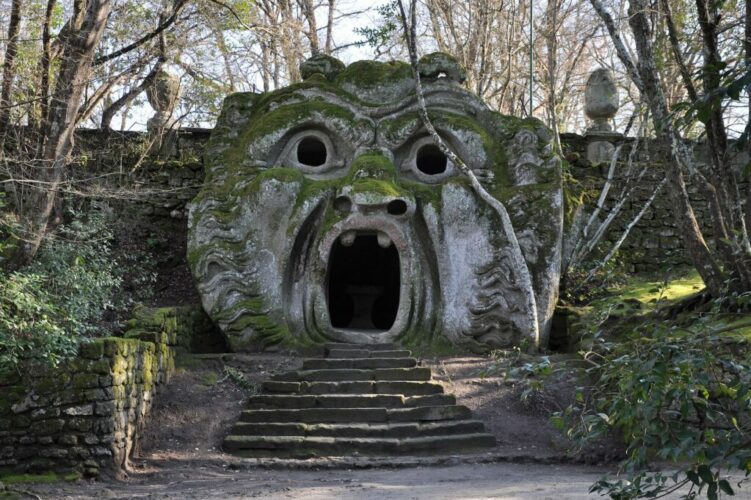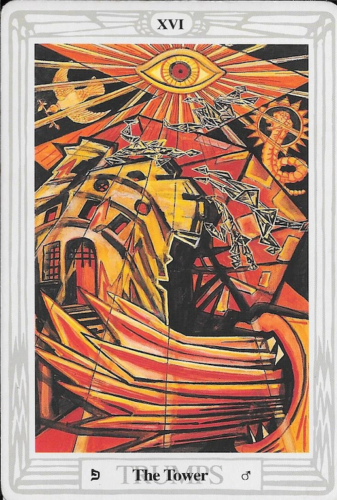Dagorlad
Name: Dagorlad
Location in Peter Jackson films: Tongariro National Park, Te-Ika-a-Māui.
Summary: A treeless plain to the northwest of the Black Gate. A lot of epochal battles are fought here. It is not considered by anyone a nice place to visit.

Unlike previous stops on our odyssey, Tolkien dedicated scant time to describing the stark plain of Dagorlad. It’s a historical battlefield, renowned for the important events that happened on its grounds, with little to distinguish it topographically. I can attest to the banality of preserved battlefields — I grew up near Manassas National Battlefield Park in Virginia, the site of two American Civil War battles fought in 1861 and 1862, and most of the spectacle there is forestry and split-rail fences. Travelers stop here because of what it stands for, namely two military victories of white supremacist separatists. The Confederacy’s victories at the Manassas battlefield went beyond merely strategic (perhaps unsurprisingly — the Confederacy was a structural clusterfuck): they saw the canonization of Stonewall Jackson, a deranged general renowned for standing his ground in battle before eventually getting shot by his own men and dying of pneumonia.
But our subject is a different white supremacist war with an exponentially smaller bodycount. Sauron’s corruption of Númenor is the apex of his fight against Elves and Men. Númenor, the apex of mortal Men in Arda, is an Atlantis-type legend in The Silmarillion and an expression of the corrosive effects of evil typical of Tolkien’s Catholic theodicy — starting noble and godly, then falling to temptation and the hubristic whims of godless men. Sauron’s influence inevitably corrupts it, and by the time of The Lord of the Rings Númenor has fallen into the sea. Stylistically, Númenor shares Mordor’s trait of being defined by its absence and obviation. Its presence is keenly felt, but as a concrete presence it has long since perished. The war against Sauron is a culture war: the Second Age of Middle-earth concludes with the Battle of Dagorlad, the culmination of a seven-year siege of Mordor by the Last Alliance of Men and Elves, an act of vengeance for the lost kingdom of Númenor.
Dagorlad, a nondescript plain, fills in for Númenor and other fallen scions of the West. It’s where their deaths are litigated in great, bloody battles. Nothing happens here because everything happens here. It’s worth noting that Tolkien, while writing stories full of wars and great heroic deeds, spends relatively little time on descriptions of his villains and battles. Certainly some of this is down to Tolkien’s non-normative idea of heroism, a staple of his work. The Hobbit is a story of a protagonist being thrown into the wrong story, his novella Farmer Giles of Ham sees a misanthropic farmer completely abject traditional notions of heroism, and The Lord of the Rings lacks a central protagonist after The Fellowship of the Ring. The Fellowship’s split sees Tolkien forge a narrative where war severs close personal ties and individual heroism is an ahistorical folly. …





